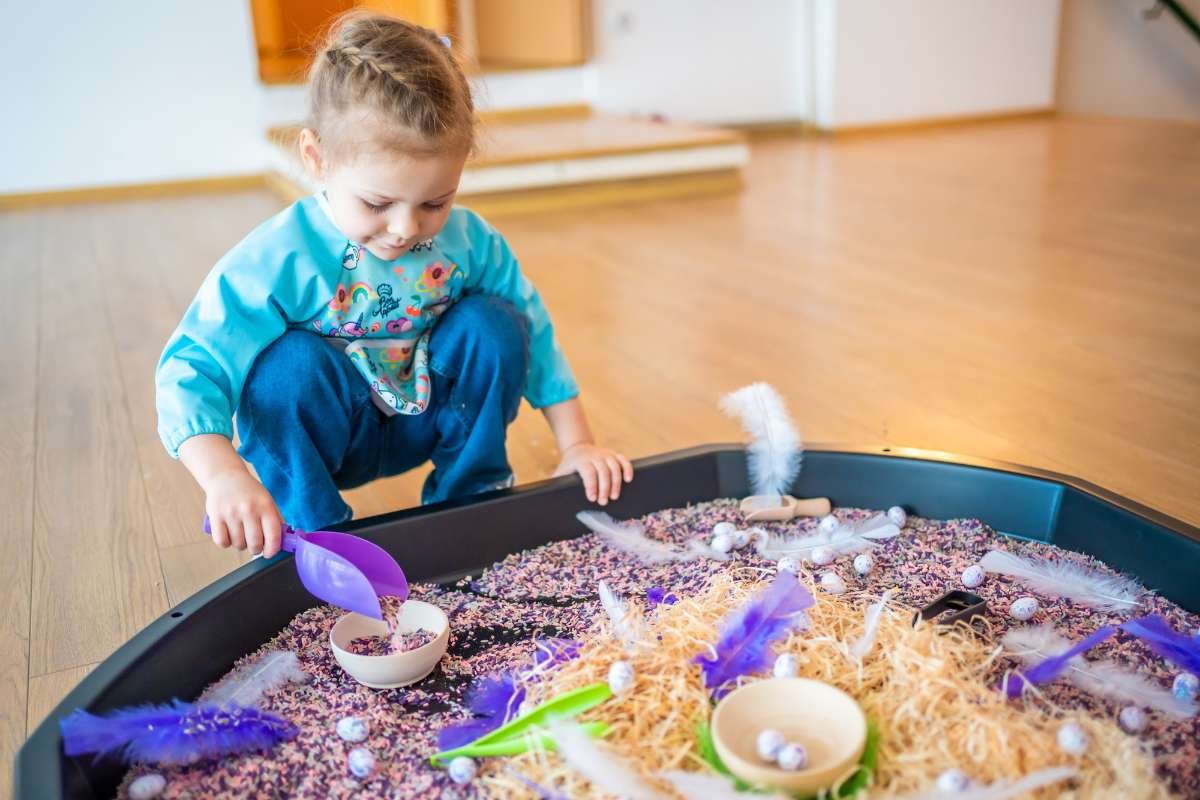The classroom environment is very important and influential when it comes to children’s education. Not only are the teachers influential, but the surroundings they’re in also matter.
With that being said, eco-friendly modular classrooms are a great help for many reasons. Whether that’s being made from sustainable and recycled materials, or providing adaptable spaces that can be expanded.
In this guide, you’ll learn all about how modular classrooms create an eco-impact and how to create one in your classroom for the new school year.
How modular classrooms create eco-impact without compromising growth?

There are many benefits of eco-friendly modular classrooms, and those benefits start before they’re even implemented into the classroom in question.
Factories allow for precise material use when constructing the modular parts, which significantly reduces waste compared to an on-site building.
Modular buildings are also lighter, requiring less concrete for their foundations. Many modular buildings will use responsibly sourced timber and recycled materials to minimize the reliance on carbon-intensive materials like concrete and steel.
With eco-friendly modular classrooms, they can be dismantled and relocated, or repurposed, depending on your needs. That can be a great way to help extend the lifecycle and reduce the need for new construction.
Beyond its flexibility, there are numerous benefits when it comes to energy efficiency, too. Designs will often incorporate insulation and energy-efficient windows, along with eco-friendly HVAC systems, all helping to reduce consumption for heating and cooling. That’s incredibly important when it comes to schools and educational settings where money needs to be saved.
eco-friendly Modular classrooms and buildings can also be designed for the inclusion of solar panels to help generate renewable energy, too.
How to create a eco-friendly modular classroom?
If you’re looking to create a modular classroom for your educational environment, whether it’s at home or in a commercial space, then here are some helpful tips to get you started.
1. Meet with a modular building provider
First and foremost, it’s important to do the research. Check out the availability of modular building providers and discuss your specific requirements with them. You can then figure out which ones are the best fit for you, depending on their intended purpose, required capacity, etc.
Consider the benefits of the solution being offered by the providers and try to match up with the one that best suits your needs and your affordability. There are plenty of options out there, so it’s good to be proactive and take a look at a whole selection of them before making a decision.
2. Consider planning and design

Planning and design are certainly important parts of the process, so a good project manager might be handy to hire to help you take your modular classroom project on successfully.
The design should be reviewed, and it’s worth making sure you have all the relevant planning permissions in place so that you’re not going ahead with anything that you shouldn’t.
Applying for planning permission and getting building regulation approval can be a process in itself, so you’ll want to be mindful of what this entails. The last thing you want to do is cut corners and breach any rules or regulations relevant to your location.
3. Off-site manufacturing and site preparation
The next step in building your modular classroom is the off-site manufacturing. These modules will be built in a controlled factory environment, helping to reduce costs while also being eco-efficient.
Having a controlled factory environment also means that it can reduce the amount of delays that come with construction work.
In the meantime, construction in the form of site groundwork will begin on your property, wherever your educational location is or will be. This can include drainage and mains services, too, where required.
4. Delivery and installation
Delivery and installation of your pre-fabricated modular units comes next. Engineers will then crane the modules into place so that quick assembly can be done.
The process is fairly seamless and quick, so it’s good to make sure the site is ready so that there are no further delays to the installation.
5. Interior and exterior fitting
After the main structure has been assembled, engineers and technicians will then complete the interior and exterior fittings so that everything is working and ready to function as a space.
This will include the walls, the lighting, the flooring, and heating/cooling systems.
The benefits of eco-friendly modular classrooms for children
There are a number of benefits that come with eco-friendly modular classrooms, specifically for children. So if you’re considering this as an option, here are some of those advantages.
➤ Offers diverse learning styles
Teachers can create different zones within a modular classroom, from quiet corners to areas for group activities.
This can therefore be a great way of catering to various needs, depending on the individuals in the classroom, and to the activities that need to take place during the educational hours of the setting.
➤ Provides sensory-friendly spaces

Modular classrooms provide a sensory-friendly space. From natural lighting to calming color schemes and soundproofing. These can all be integrated into the design of the space for the benefit of those who might need something more stimulating.
It’s why it often works very well as an option for those with Special Needs, ADHD, or anxiety.
➤ Flexibility and adaptability
With eco-friendly modular classrooms, these spaces can easily be expanded upon or reconfigured in order to adapt to the changing student populations. Offering flexible solutions for schools it’s a type of format that can work really well for a lot of kids up and down the country.
➤ Improved learning environment
With eco-friendly classrooms like this one, it can be a big benefit when it comes to improving the learning environment. Children are likely to be a lot more engaged when they’re in a space that’s adaptable and stimulating in its appearance and functionality.
With these types of classrooms becoming more common, it’s definitely worth embracing as a setup for your educational environment. Look at how eco-friendly modular classrooms could benefit your space and all the individuals who come into that space to learn.









